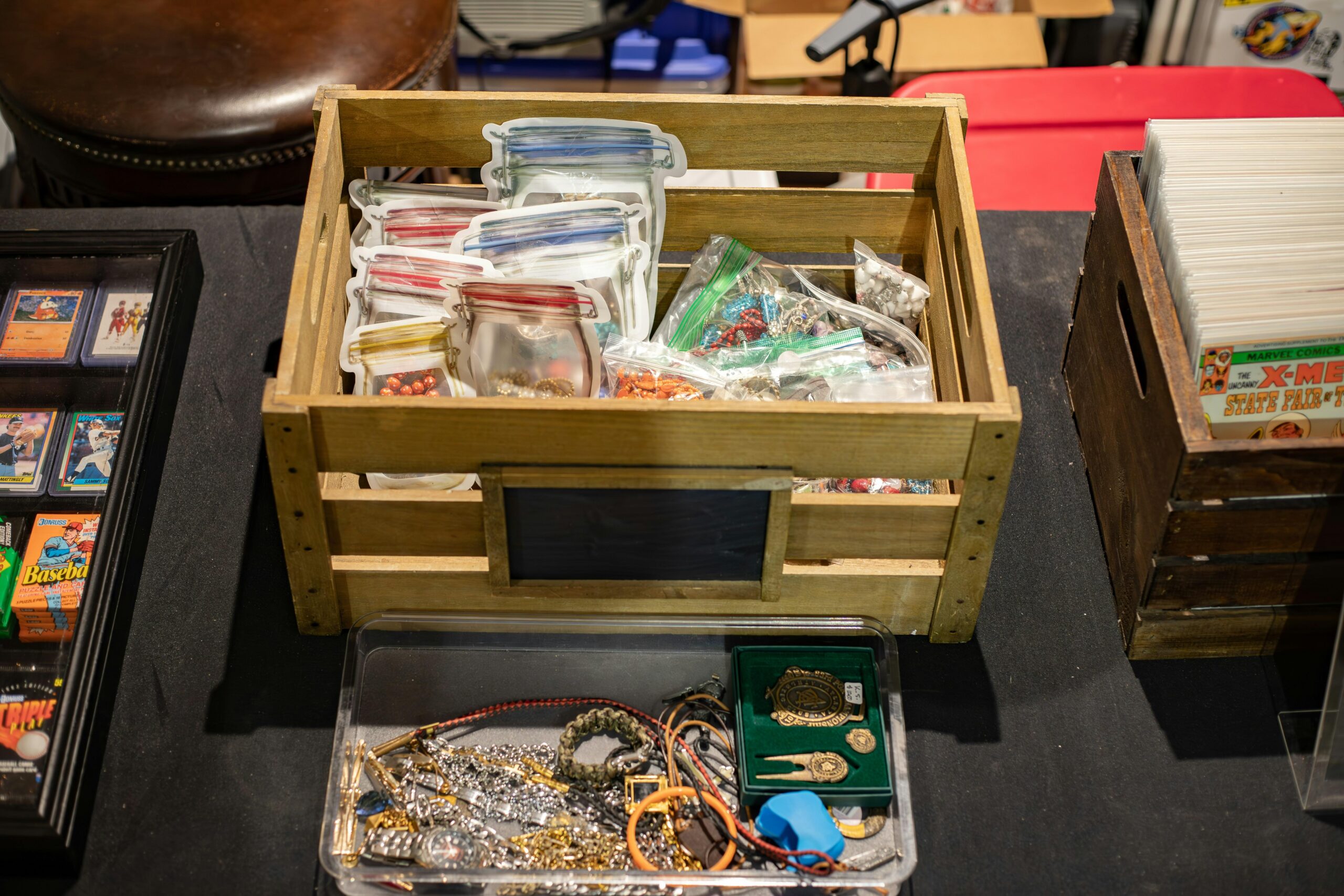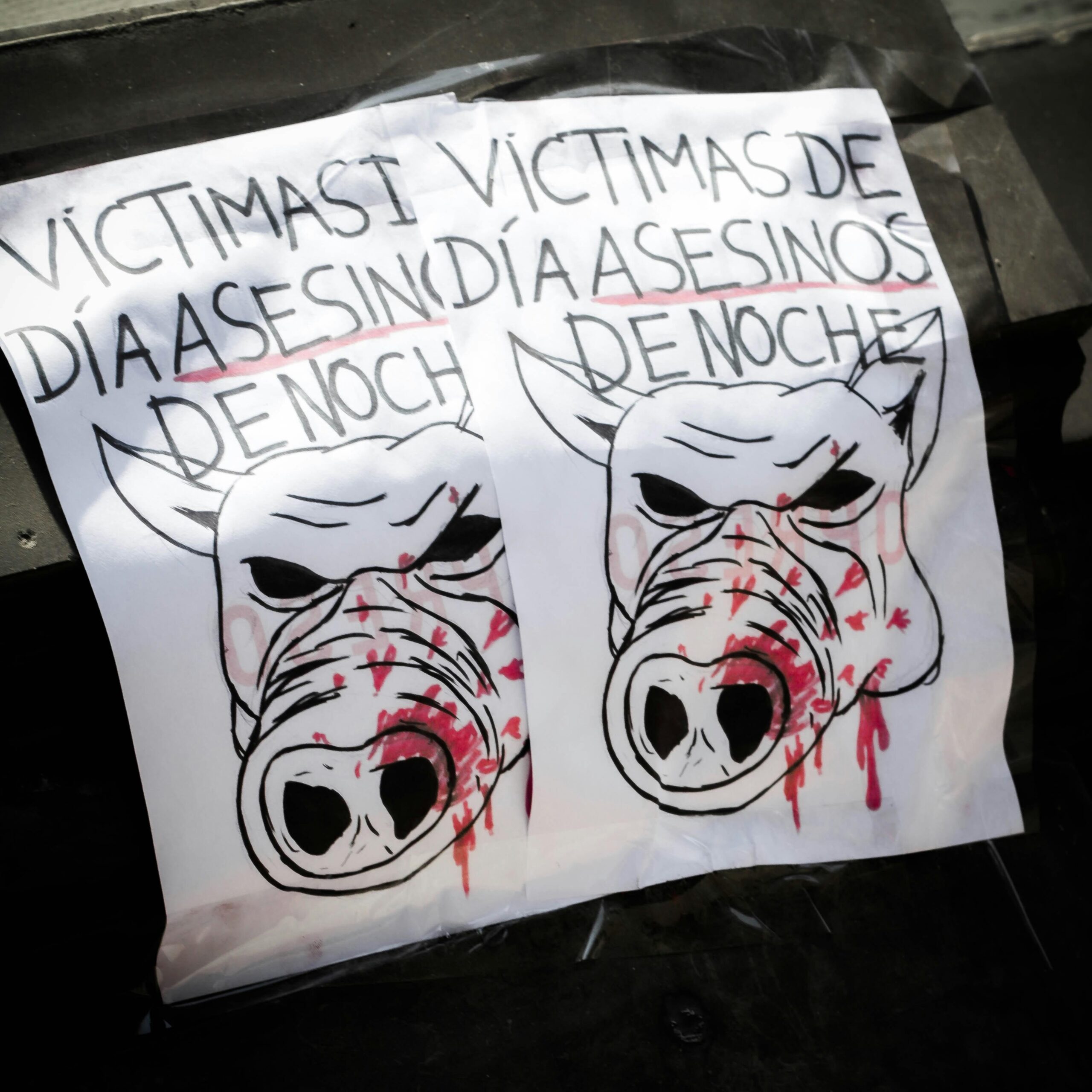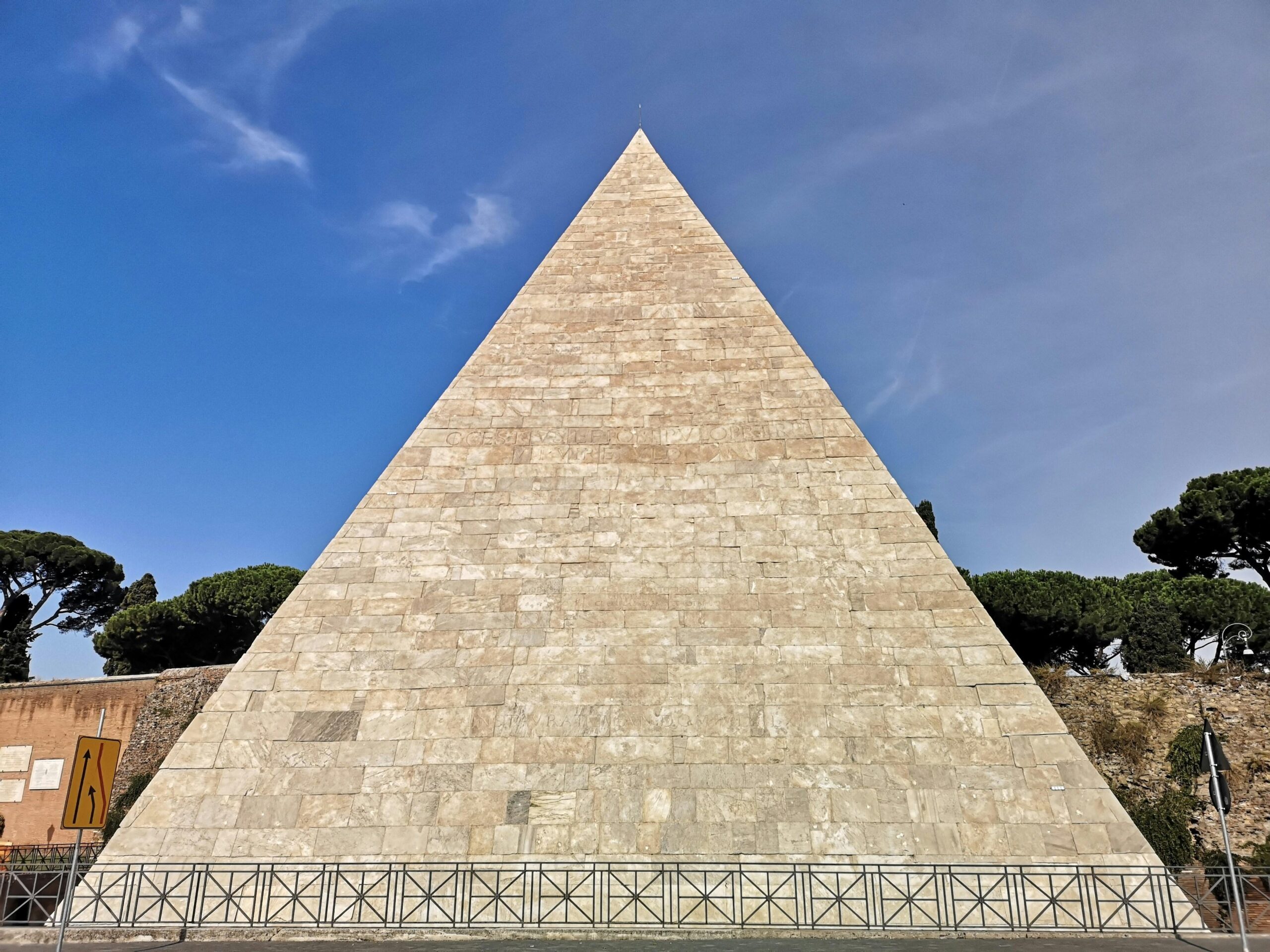Every day, countless treasures from ancient civilizations quietly slip through the cracks of museums, borders, and customs. These precious artifacts, brimming with stories and history, often vanish into the shadows of a secretive and elusive underground network. Welcome to the hidden world of artifact smuggling—a realm where history is both prized and perilously endangered. Join me as we unravel the mysteries behind this clandestine trade, exploring how these priceless relics are stolen, sold, and sometimes rescued before fading forever into obscurity. Curious to discover who’s involved, how they operate, and why it matters? Let’s dive in.
Table of Contents
- The Shadowy Networks Behind Artifact Smuggling Operations
- Tracing the Journey of Stolen Treasures from Sites to Secret Markets
- The Impact of Artifact Smuggling on Cultural Heritage and History
- How Technology and Community Efforts Can Help Put an End to Artifact Smuggling
- Concluding Remarks
The Shadowy Networks Behind Artifact Smuggling Operations
Behind every stolen artifact lies a complex web of elusive players, each perfectly attuned to the clandestine rhythm of this illegal trade. These shadowy syndicates often operate across continents, weaving together local looters, corrupt officials, and international middlemen in a sinister chain of supply and demand. What makes these networks particularly insidious is their ability to adapt quickly—using coded communications, encrypted transactions, and discreet auction houses to stay one step ahead of law enforcement. The artifacts themselves become pawns in a high-stakes game, changing hands in secretive deals that could involve millions of dollars, all while disappearing from our shared cultural heritage.
Exploring their modus operandi reveals a troubling portrait:
- Recruitment of local informants: insiders who know the exact location of precious artifacts.
- Use of sophisticated smuggling routes: blending legitimate cargo shipments with illicit goods to avoid detection.
- Connections with high-profile collectors: buyers who often remain anonymous but fuel the demand.
- Exploitation of weak legislation: targeted exploitation of regions with lax heritage protection laws.
Unraveling these networks requires more than just tracing artifacts—it demands dissecting the invisible threads connecting people across the globe, all united by greed and secrecy.
Tracing the Journey of Stolen Treasures from Sites to Secret Markets
Across the shadowy corridors of the black market, stolen artifacts embark on a journey that is as intricate as it is concealed. From the moment these treasures are illicitly excavated, they enter a complex web of clandestine networks involving local middlemen, corrupt officials, and international traffickers. These actors collaborate to obscure the origins of each piece, often using forged documentation and altering the artifacts themselves to evade detection. The smuggling routes weave through hidden borders, remote airports, and shadowy ports, making tracking nearly impossible without relentless investigative effort.
Key factors in the movement of these treasures include:
- Fragmentation of artifacts: Larger, recognizable pieces are broken down to smaller parts, easing transport.
- Fake provenance: Creation of counterfeit ownership records to mask illicit roots.
- Use of intermediaries: Trusted brokers who launder artifacts through legal markets.
Ultimately, these stolen relics find their way into secretive private collections or unregulated auction houses, where their original story is lost to history. Each transaction dims the light of cultural heritage, making the fight against artifact smuggling a race against time to reclaim humanity’s lost legacies.
The Impact of Artifact Smuggling on Cultural Heritage and History
The illicit trade in artifacts represents a profound threat to cultural heritage, wiping away the stories that ancient objects carry through the ages. When priceless relics are ripped from their archaeological contexts, the nuances of their origin—where they were found, their connections to local communities, and their place in history—are lost forever. This not only diminishes the value of the artifact itself but also deprives humanity of critical knowledge that could unlock mysteries about past civilizations, belief systems, and societal evolution.
Beyond the academic loss, artifact smuggling often fuels complex social issues, including:
- Empowerment of criminal networks who use stolen items to finance further illegal activities
- Undermining the preservation efforts of museums and indigenous communities striving to protect their heritage
- Creating a black market that distorts the true value and provenance of cultural objects
Each stolen piece fragments a story, making future generations reliant on incomplete or misinterpreted records rather than authentic, tangible connections to their ancestral past.
How Technology and Community Efforts Can Help Put an End to Artifact Smuggling
Emerging technologies are revolutionizing the fight against artifact smuggling, offering law enforcement and cultural institutions powerful new tools to track and protect priceless heritage. From blockchain-based provenance tracking systems that create indelible records of an artifact’s history to AI-powered image recognition software that scans online marketplaces for suspicious items, the digital age is gradually closing the net on illicit trade. These innovations not only facilitate faster identification of stolen pieces but also enhance collaboration among international agencies by sharing data seamlessly, reducing black-market transactions before artifacts can disappear into private collections.
Yet technology alone cannot end this underground trade. It thrives when communities actively engage in preserving their cultural legacy. Grassroots efforts such as local heritage education programs, crowdsourced reporting apps, and coordinated awareness campaigns empower residents to become vigilant guardians of their own history. When citizens, archaeologists, and authorities unite, they form an immovable barrier to smugglers who depend on secrecy and apathy to operate. Together, innovation and community create a dynamic frontline, illuminating the shadowy corridors where artifacts once vanished without a trace.
- Blockchain Provenance: Immutable digital records ensure authenticity and legal ownership.
- AI Monitoring: Detects suspicious listings on global online platforms in real time.
- Community Watchdog Groups: Encourage locals to report suspicious activities quickly.
- Educational Workshops: Help raise public understanding of cultural value and preservation ethics.
Concluding Remarks
As we peel back the layers of this shadowy trade, it’s clear that artifact smuggling is far more than just a crime—it’s a complicated web of history, culture, and human greed intertwined across borders. The hidden world of these stolen treasures not only robs nations of their heritage but also challenges our understanding of preservation and justice. There’s so much more to uncover, and every story here sparks a deeper curiosity about what remains locked away in secret corners of the globe. Stay tuned, because the journey into this intriguing underworld is far from over—and who knows what other mysteries await just beneath the surface?










